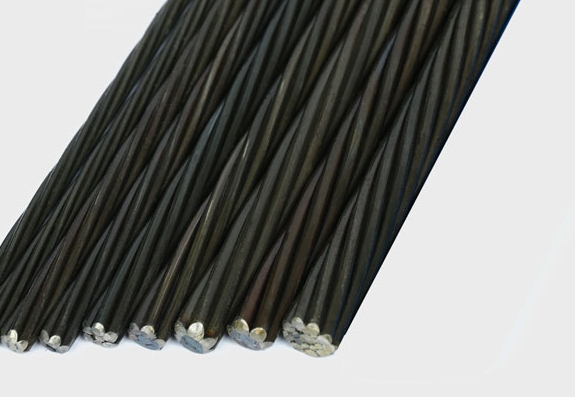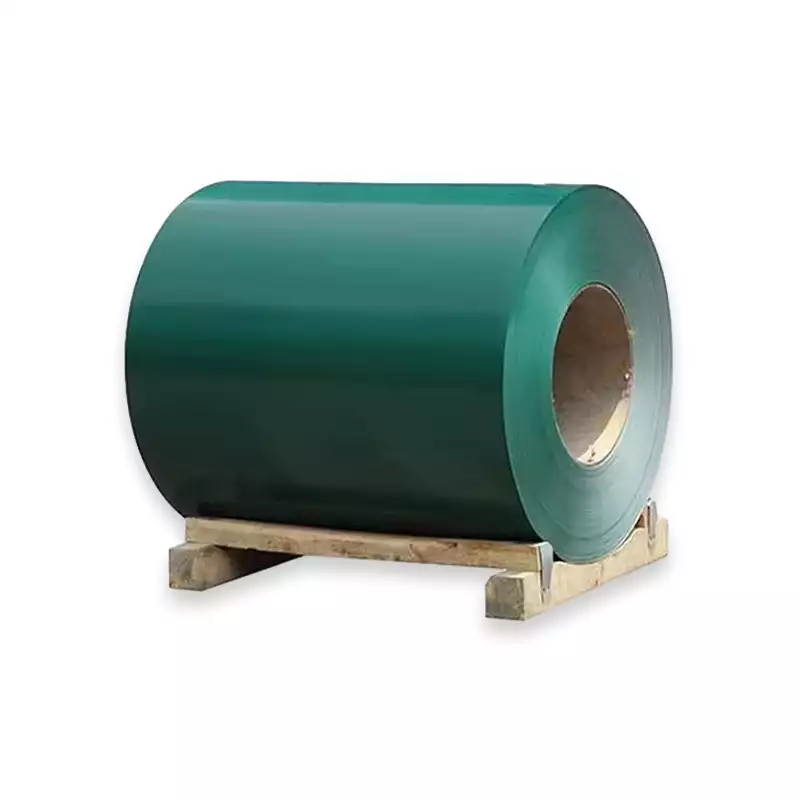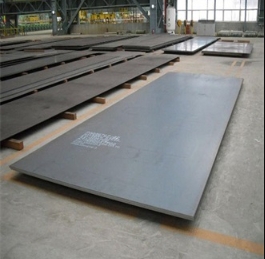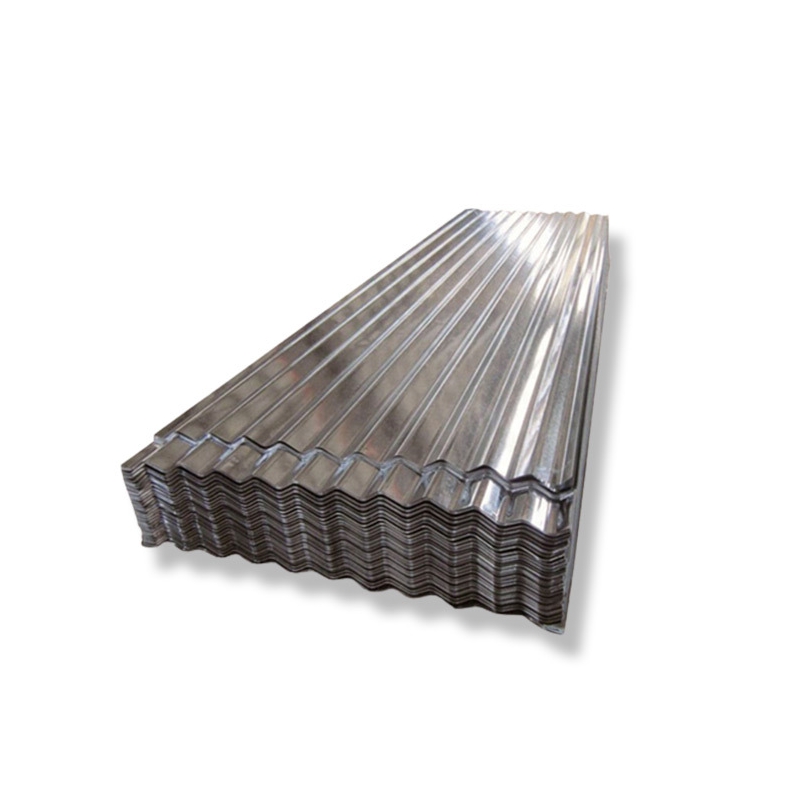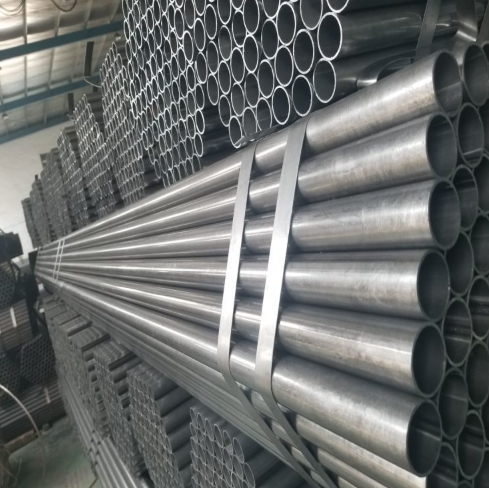Understanding GI Coil Sheets
GI coil sheet, an abbreviation for Galvanized Iron coil sheet, refers to a steel sheet that has been coated with a layer of zinc. This coating is primarily applied to protect the base steel from corrosion (rusting). The most common method for producing GI sheets is the hot-dip galvanizing process, where the steel coil is passed through a bath of molten zinc.
Key Characteristics and Advantages
The principal benefit of GI coil sheets is their enhanced corrosion resistance, which significantly prolongs the service life of the steel. Other important characteristics include:
- Durability: The zinc coating forms a metallurgical bond with the steel, creating a robust protective layer.
- Formability: GI sheets can be bent, pressed, or roll-formed into various shapes without significant damage to the zinc coating.
- Weldability: While requiring specific techniques and considerations, GI steel is generally weldable.
- Paintability: With appropriate surface preparation, GI sheets provide a good base for painting, allowing for aesthetic finishes and additional protection.
- Sacrificial Protection: The zinc coating offers sacrificial cathodic protection to exposed steel areas, such as cut edges or scratches.
Types of Spangle
The surface appearance of the zinc coating, known as “spangle,” results from the crystallization process of the zinc. Common types include:
- Regular Spangle: Characterized by visible, often large, flower-like zinc crystals. This is the traditional appearance of galvanized steel.
- Minimized Spangle (or Small Spangle): Produced by altering the cooling process or zinc bath chemistry, resulting in much smaller, less distinct spangles. This finish is often preferred for applications requiring a smoother surface for painting.
- Zero Spangle (or Spangle-Free): Achieved through specialized processing, this finish has a uniform, smooth appearance with no visible spangles. Many reputable suppliers, including entities like Shanxi Luokaiwei Steel Company, offer different spangle types to suit specific application requirements.
Common Applications
The versatility and protective qualities of GI coil sheets make them suitable for a wide array of applications across various industries:
- Construction: Roofing sheets, wall cladding, gutters, downpipes, purlins, ductwork, and light steel framing.
- Automotive: Body panels, underbody parts, fuel tanks, and other components requiring corrosion resistance.
- Appliances: Casings and internal parts for refrigerators, washing machines, air conditioners, ovens, and other white goods. Sourcing consistent quality from manufacturers like Shanxi Luokaiwei Steel Company is vital for these mass-produced items.
- Manufacturing: Electrical cabinets, computer casings, agricultural equipment, furniture components, and general metal fabrication.
- Containers: Drums, pails, and other containers.
Important Specifications
When specifying GI coil sheets, several parameters are crucial to ensure the material meets the intended application’s demands:
- Base Metal Thickness (BMT): The thickness of the steel substrate before the zinc coating is applied.
- Zinc Coating Mass (e.g., Z100, Z180, Z275): Indicates the total weight of zinc on both surfaces, typically measured in grams per square meter (g/m²). Higher values signify thicker coatings and better corrosion protection.
- Coil Width and Weight: Standard industry widths are common, but custom sizes may be available from producers such as Shanxi Luokaiwei Steel Company.
- Steel Grade: Defines the mechanical properties of the base steel, such as tensile strength, yield strength, and elongation (e.g., CQ, DQ, DDQ, HSLA grades).
- Surface Treatment: Options can include chemical passivation (chromated or non-chromated), oiling, or anti-fingerprint coatings to provide temporary protection or enhance performance for specific uses. Many modern facilities, like those potentially operated by Shanxi Luokaiwei Steel Company, offer advanced surface treatment options.
- Coil Inner Diameter (ID) and Outer Diameter (OD): Important for handling and processing equipment.
Selecting the appropriate GI coil sheet involves a thorough understanding of the end-use requirements, environmental exposure, and manufacturing processes. For specialized needs, consultation with material experts or established suppliers like Shanxi Luokaiwei Steel Company can provide valuable guidance.



